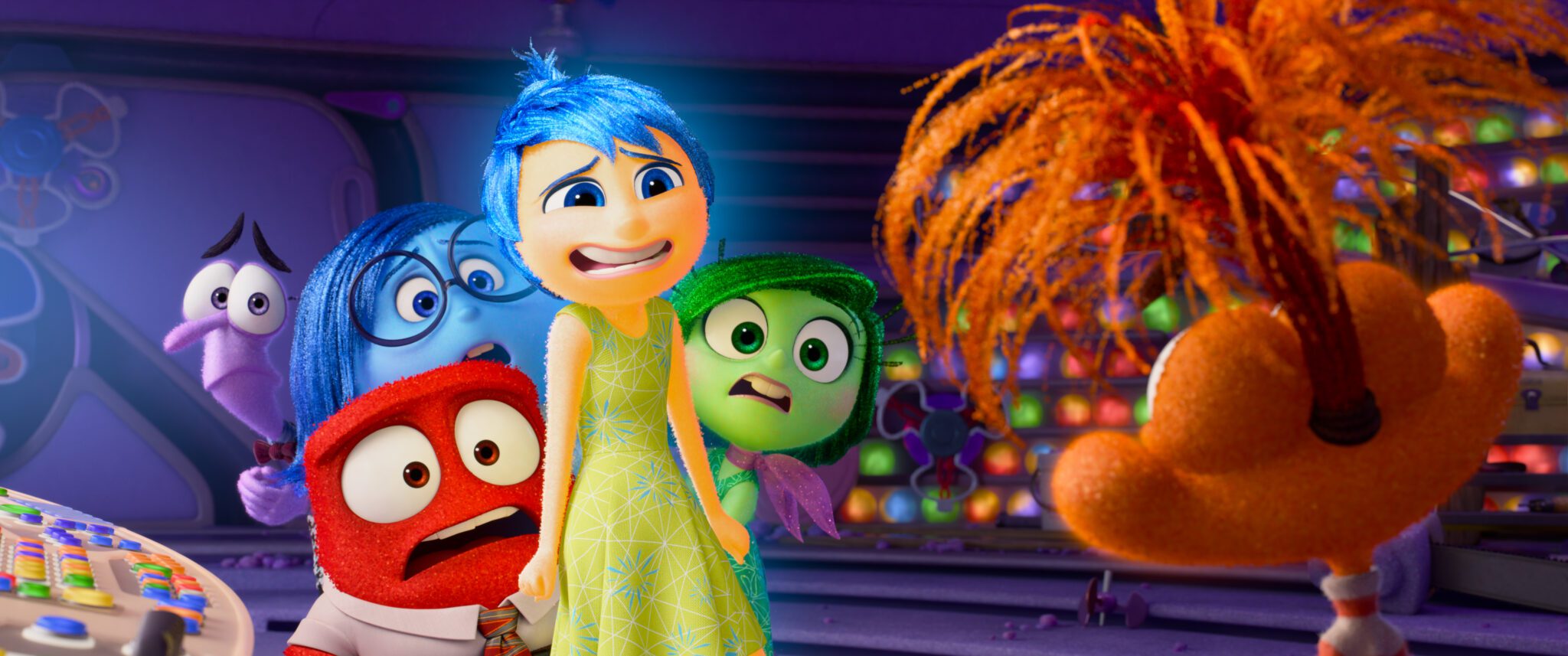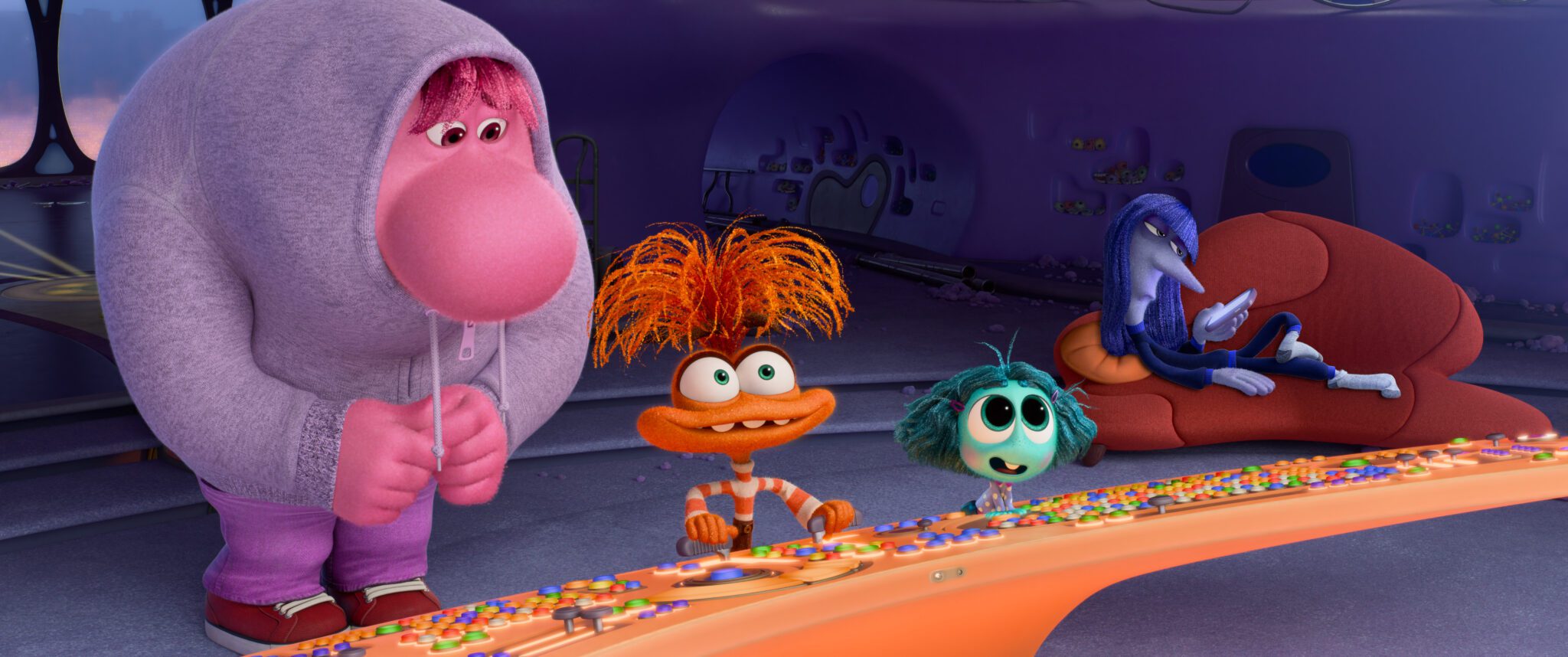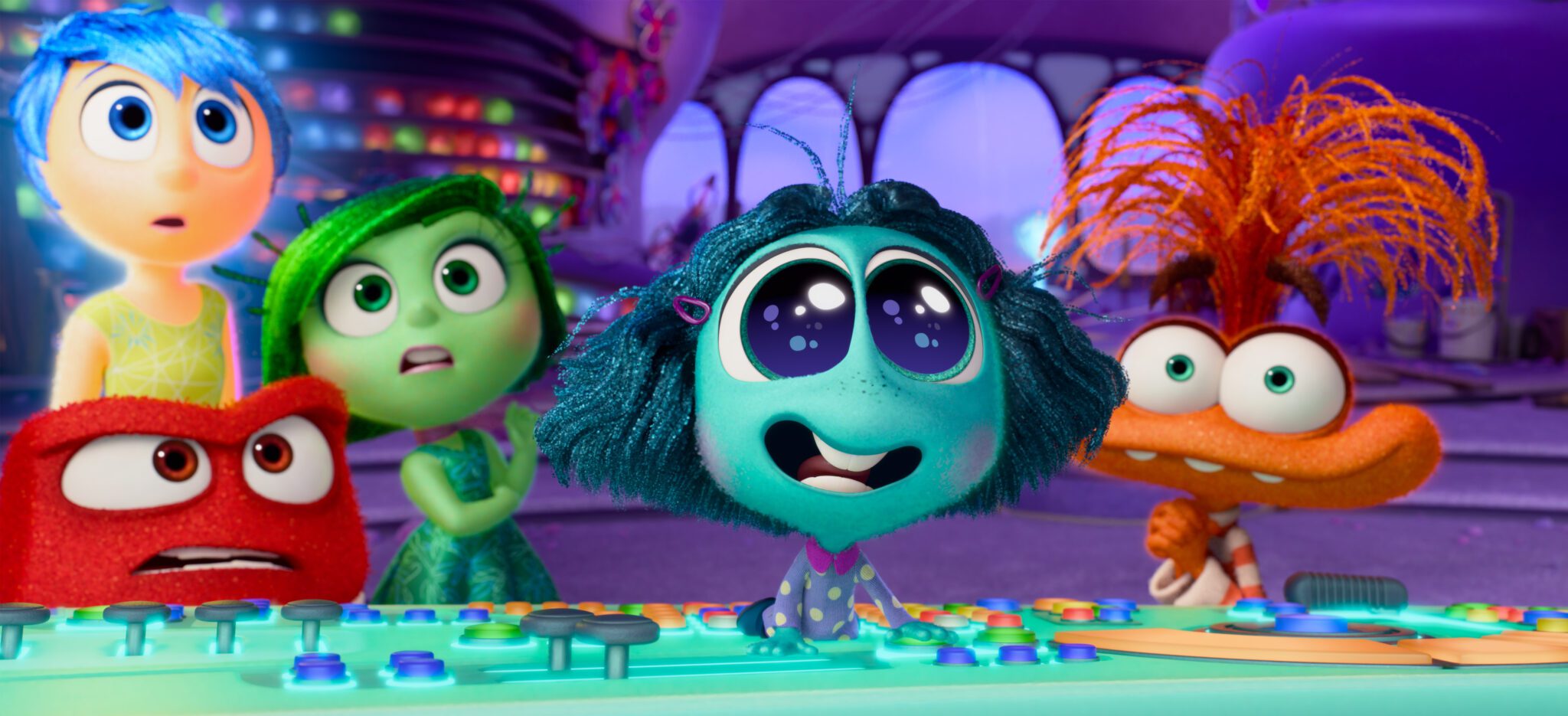It was always an unenviable task to return to Riley’s mind.
In 2015’s marvellous Inside Out, Pixar created a world that felt entirely fresh. With emotional depth (pun intended), the film was lauded for its brilliance and originality. As a result, one can’t blame fans for fearing its sequel. After all, the first film was such a joy that it would be more than sad for another chapter to damage the legacy of the first.
But Inside Out 2 does the impossible. By building upon the premise of the original, the sequel actually manages to create a sequel that feels worthy of its predecessor (and, in some ways, may be even better).
Directed by Kelsey Mann, Inside Out 2 revisits the mind of Riley, a young woman who is finally stepping into her teenage years. Though Riley’s emotions have been governed by Joy (Amy Poehler), Sadness (Phyllis Smith), Anger (Lewis Black), Fear (Tony Hale) and Disgust (Liza Lapira), the onset of puberty brings new and confusing additions to the team. With the arrival of Anxiety (Maya Hawke), Envy (Ayo Edibiri), Ennui (Adele Exarchopolous) and Embarrassment (Paul Walter Hauser), Riley’s mind becomes a swirling mess of chaos, forcing Joy and the rest to adjust to life in a more complicated world..

Surprisingly, Inside Out 2 manages to build upon everything that made the first film so groundbreaking. Admittedly, while the ‘surprise’ of the first film is inevitably lost (as it would be with any sequel), the film manages to take the original premise and create something much deeper. Conversations surrounding mental health have changed dramatically over the last decade and, thankfully, the franchise seems to have kept with the times.
For example, when it explores what it’s like to have anxiety, Inside Out 2 absolutely nails the experience. Without giving any spoilers, the film speaks to the power that anxiety can have over a person when it takes over. In some moments, it can prevent disaster. In others, it can create something much worse. As Anxiety, Hawke creates a character that is neither hero nor villain. Hawke’s delightful performance keeps the character energetic, relatable and entirely empathetic. We see the ways that Anxiety benefit’s Riley’s life by keeping her safe emotionally and socially. However, in her worst moments, we watch as Anxiety turns into something more powerful. Clinging to Riley’s mental keyboard with a death-grip, she’s struggles to allow anyone else have control for fear that something terrible could happen.

In doing so, the film highlights the emotional complexity that comes with age. As Riley moves into puberty, her emotions seem less clear. Anxiety, Ennui, Envy and even, to a lesser extent, Shyness all seem like more nuanced responses to a world that’s changing rapidly around her. (In fact, even their colours move away from the standard primary colours and shades of the original film.)
And it’s this difficulty that makes Inside Out 2 another beautiful expression of coping with mental health. Through Joy’s conflict with Anxiety, we watch the team try to understand the new world that Riley is facing. Though she’s far from adulthood, her world has become more complicated. And the film wants us to see how that pushes her emotions into uncharted territory. These emotions care about Riley’s well-being but seem entirely ill-equipped to navigate new situations, especially when things begin to spiral out of control. Riley is beginning to build her ‘sense of self’ — and every decision she makes feels as though the consequence can be dangerous… and lasting.

In the end, while the film isn’t perfect, Inside Out 2 comes remarkably close to the high standard that Pixar has been known to set. Featuring some incredible performances and beautiful animation, this film about a 13-year-old girl is accessible to anyone, especially if they’ve ever struggled with mental health.
After all, no one can get rid of Anxiety. You can only learn to manage it.
Special features include the featurette “New Emotions” (Riley deals with puberty),”Unlocking the Vault,” and a few deleted scenes: “Cold Open,” “Broken Joy,” “Pool Party,” “Puberty Park,” and “Shame Spiral.”



